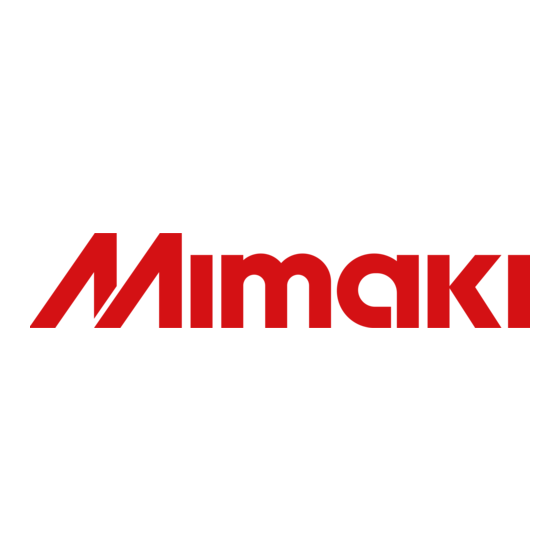

MIMAKI JV330 Series Operation Manual
Hide thumbs
Also See for JV330 Series:
- Operation manual (260 pages) ,
- Requests for care and maintenance (48 pages) ,
- Care and maintenance (44 pages)
















Need help?
Do you have a question about the JV330 Series and is the answer not in the manual?
Questions and answers